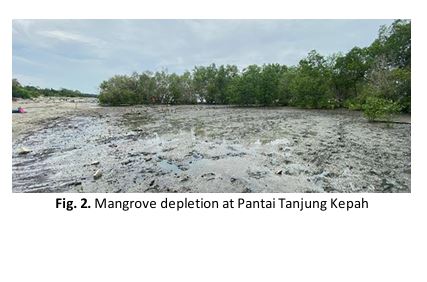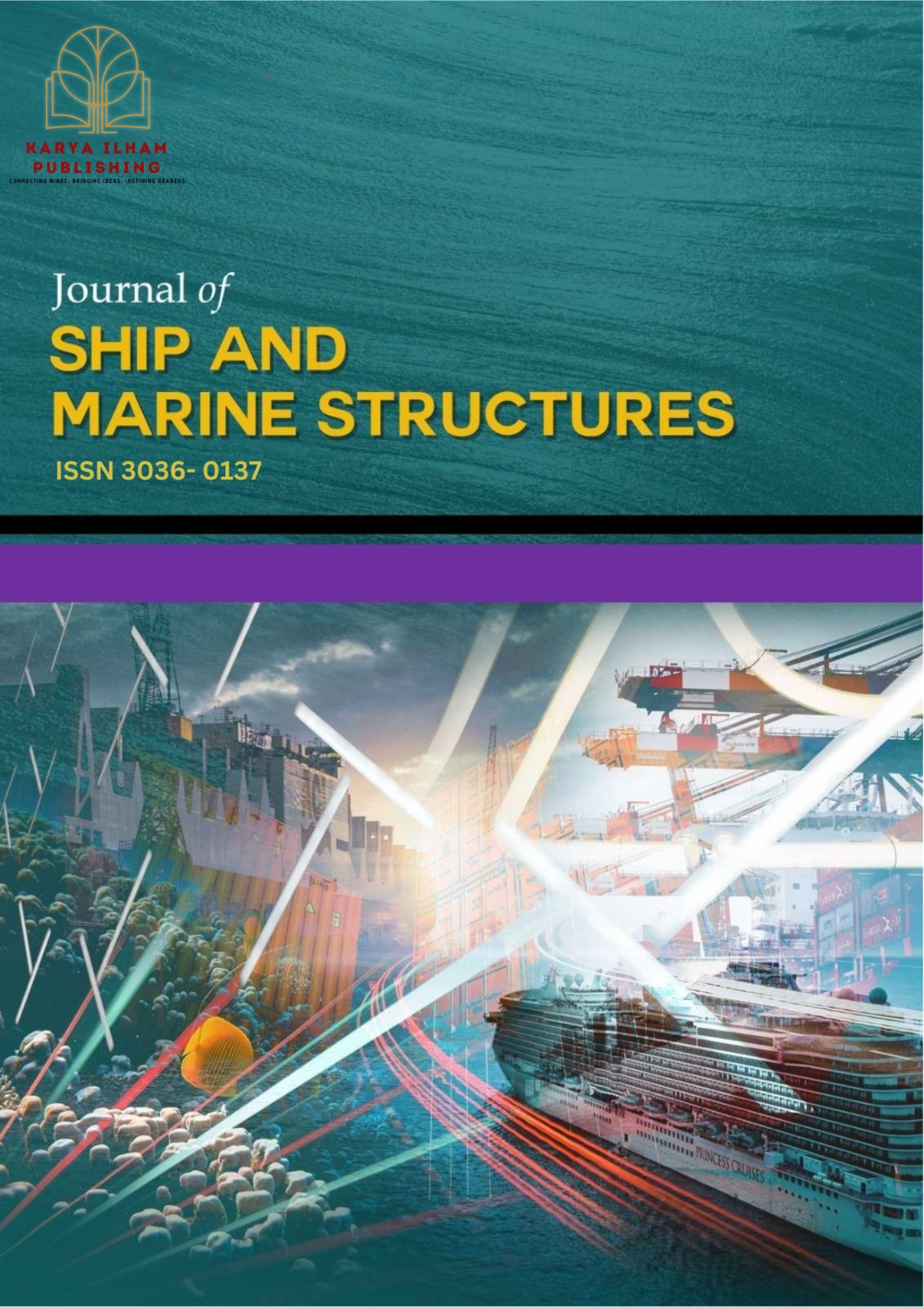Bamboo Wave Screen for Mangrove Protection in Tanjung Kepah
DOI:
https://doi.org/10.37934/jsms.9.1.1022Keywords:
Nature-based solution, environment protection, mangrove restoration, community engagementAbstract
Since 2004, Pantai Tanjung Kepah has struggled with significant coastal erosion, which hurts the ecosystem of the mangrove forest and marine biodiversity. Unfortunately, despite previous repeated attempts at replanting, the mangrove plants did not thrive. Pantai Tanjung Kepah is currently highly vulnerable to the destructive force of storms as a result of the vital coastal ecosystems and assets that have been significantly lost or degraded as a result of the mangrove decline in the area. In response, an environmentally friendly approach is recommended to assist Pantai Tanjung Kepah's mangrove restoration by constructing a permeable bamboo wave screen. This solution aims to restore the natural sediment in Tanjung Kepah as well as function as a wave breaker to protect the young mangrove trees. A 25-meter-long, 0.8-meter-wide, and 2-meter-high permeable bamboo wave screen will be built and the construction will make use of bamboo poles with a diameter of 100 mm that can reach up to 6 meters for vertical piles, reinforced concrete (RC) piles for extra stability, and a geotextile scour apron to prevent scouring at the base. Tree branches will also be included in the geotextile bag as filler, improving the structure's ability to attenuate waves. To comprehend the site conditions, assessments were carried out, including mangrove sampling and coastal data collection. Geotechnical, structural, and hydrodynamic factors are all taken into account in engineering design calculations. To assess wave attenuation performance and post-construction hydrodynamics, respectively, numerical and physical modeling were done. The Department of Irrigation and Drainage Malaysia (JPS) will supervise appropriate coordination and regulatory compliance throughout the mid-August 2024 construction of the bamboo wave screen. The Kampung Tanjung Kepah local community will be part of both the construction and the post-construction activity, which will include maintenance and monitoring. This will encourage the empowerment of the community. Additionally, this initiative contributes to the achievement of the Sustainable Development Goals (SDGs), particularly SDG 14 (Life Below Water) and SDG 15 (Life on Land).














